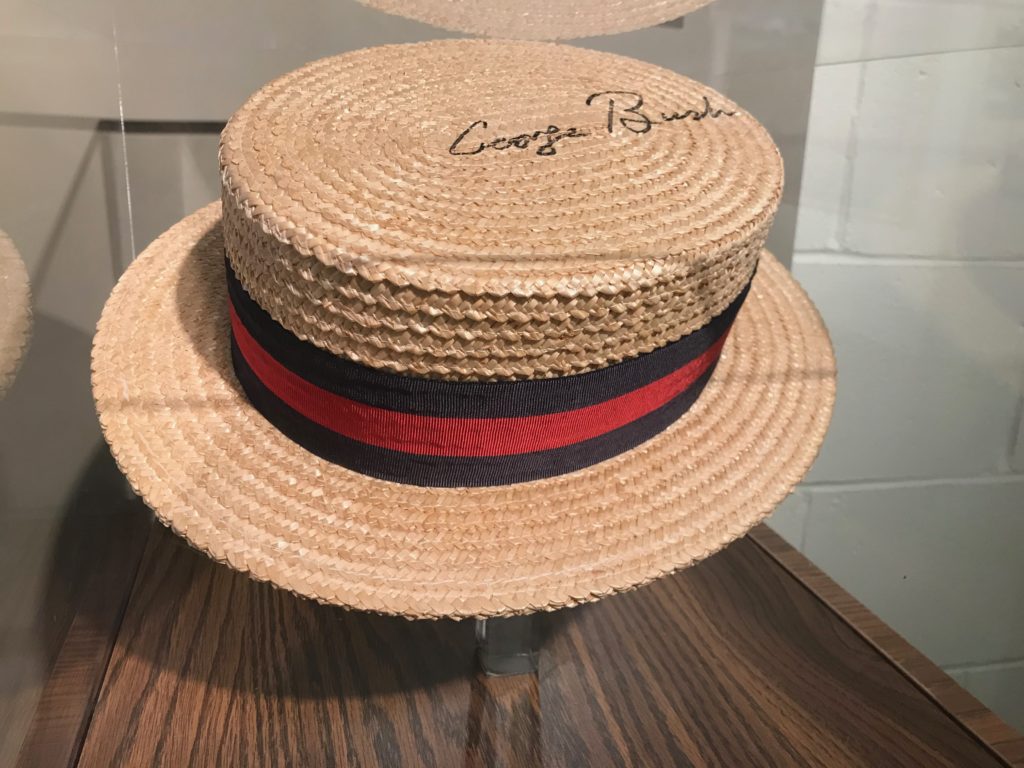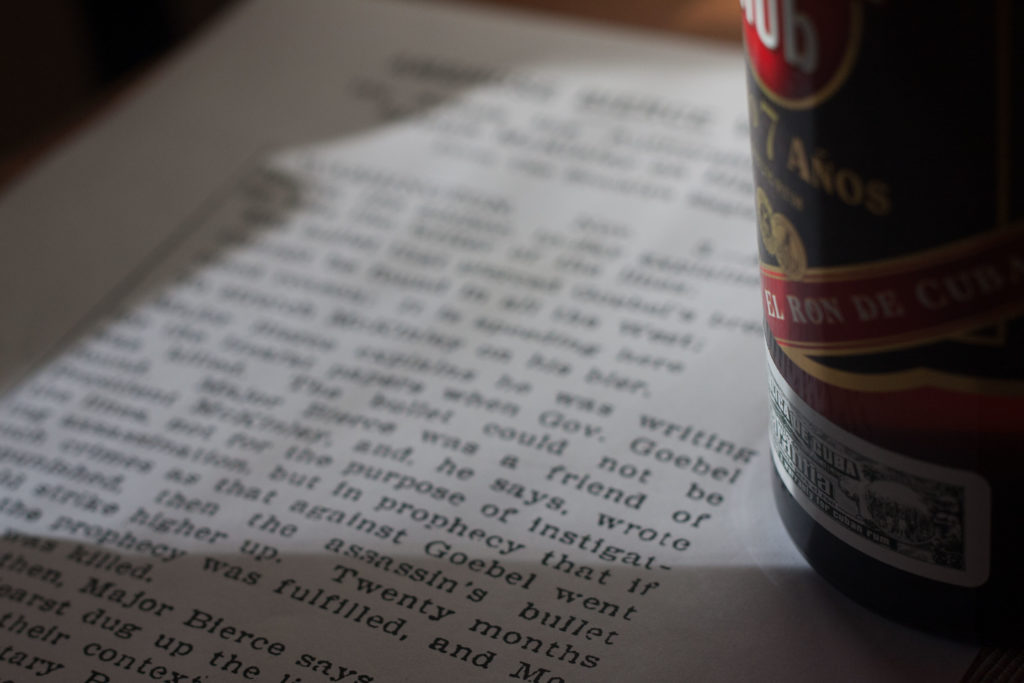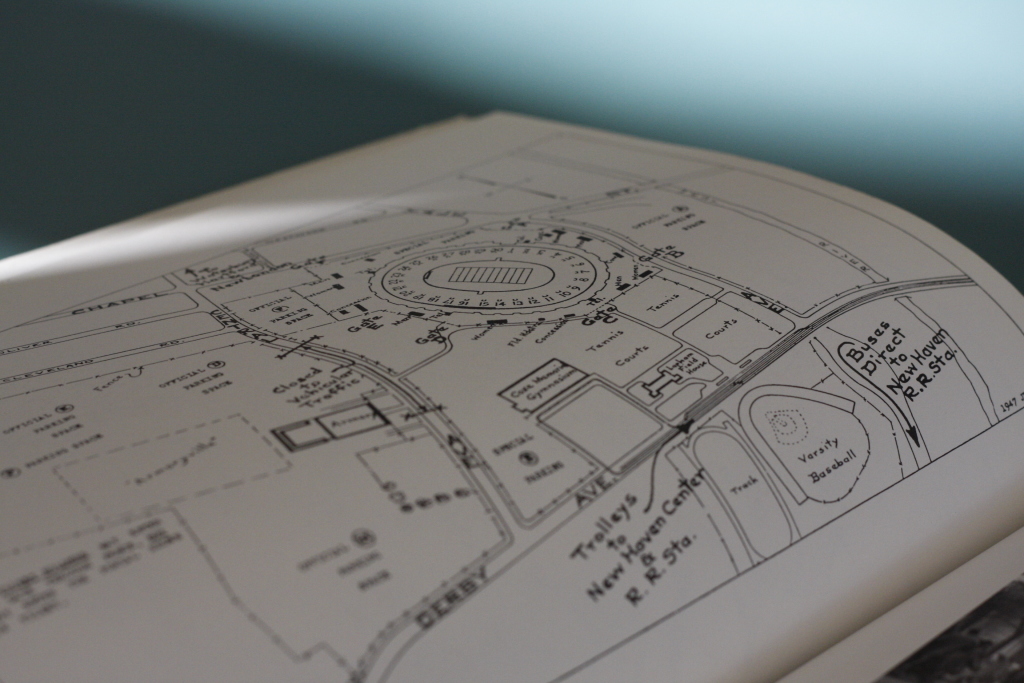Have a drink with: Presidential Hats
Come at me, bro.
Ask them about: how buff was Teddy Roosevelt?
With the collective American mind very much on upcoming midterm elections, and with a host of new and nontraditional contenders running for office, one phrase pops up perhaps a little more than usual: the announcement that one candidate or another has tossed his or her hat in the proverbial ring.
It’s a common, casual phrase in American English – but where does all this hat-throwing come from?
Perhaps the first public use of the phrase was on November 30, 1804, when the London Morning Post recapped a boxing match between fighters Tom Belcher and Bill Ryan. The sports reporter set the stage for the bout by writing:
“The parties arrived at Wilson Green, soon after ten o’clock, where a ring was formed by the spectators, who anxiously waited the event of the fight. Belcher appeared confident of success, and threw his hat into the ring, as an act of defiance to his antagonist, who entertained the same confidence of success, and received this bravado with a smile.”
(FYI: Belcher was favored in pre-fight betting with 6:4 odds, but went down in the 37th round on a knockout. )



